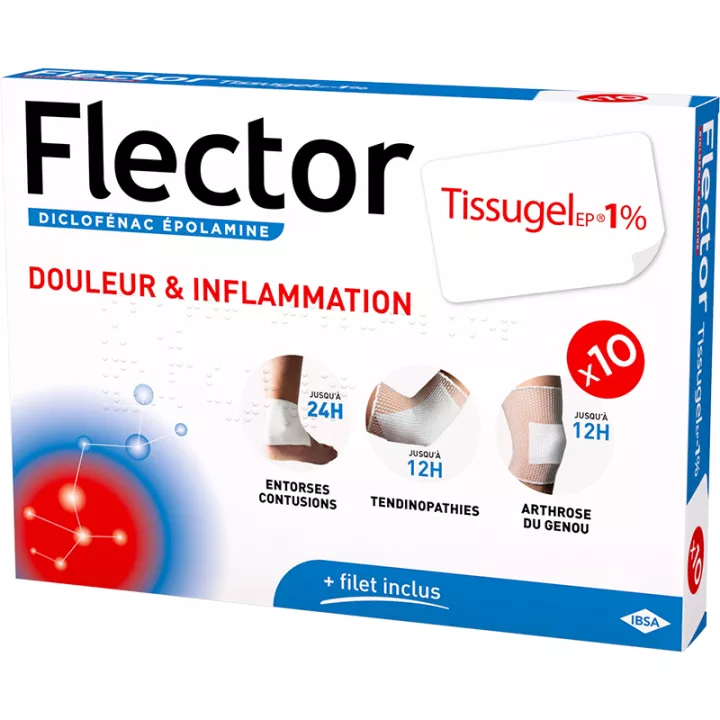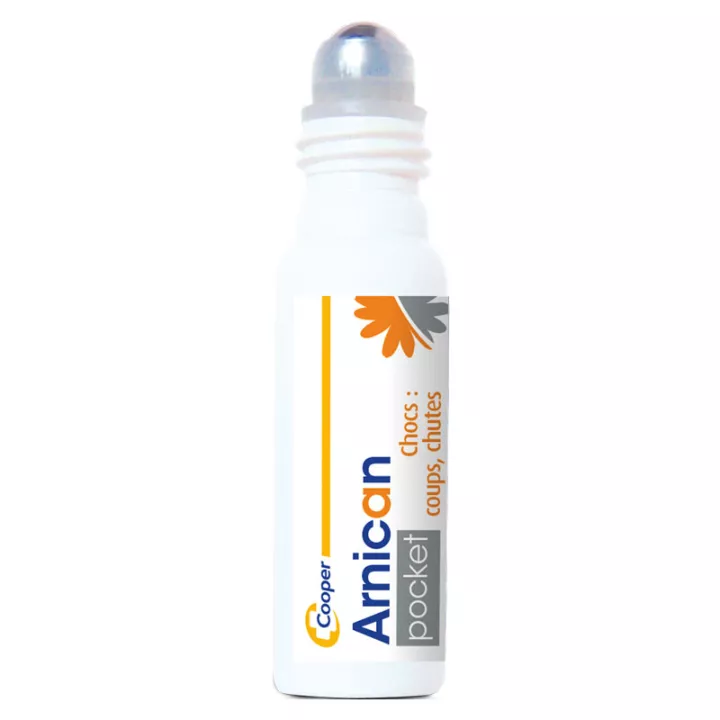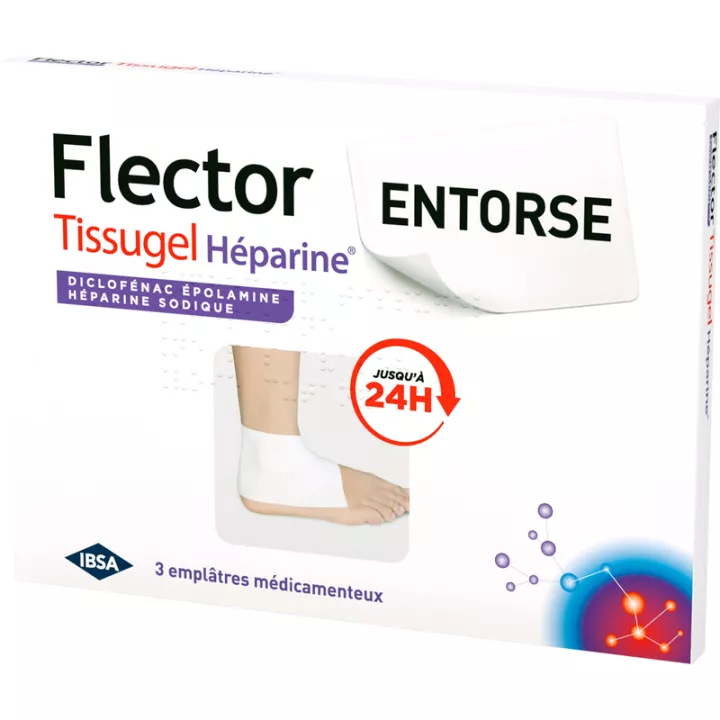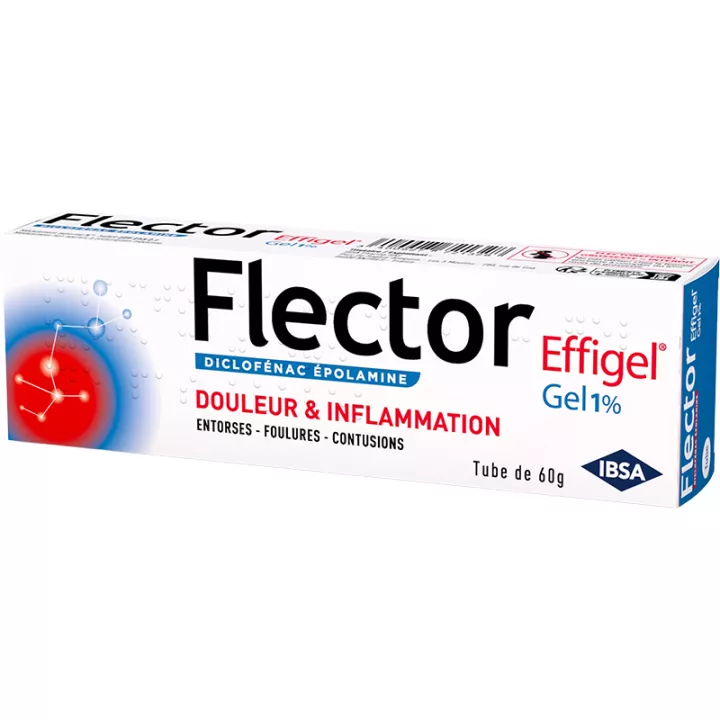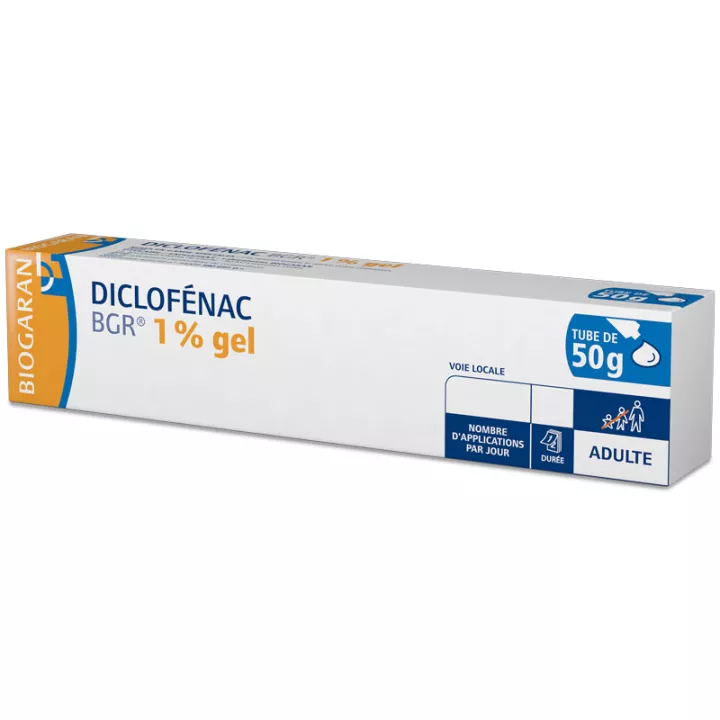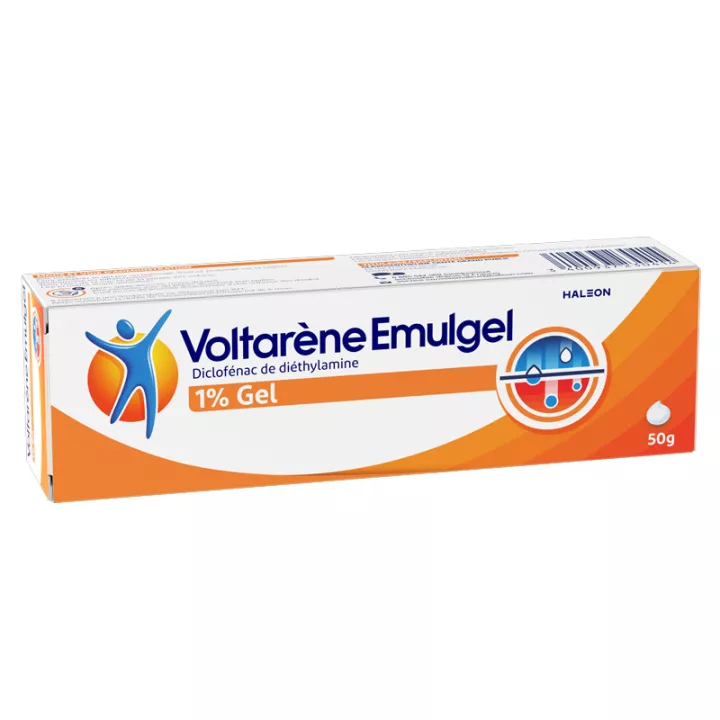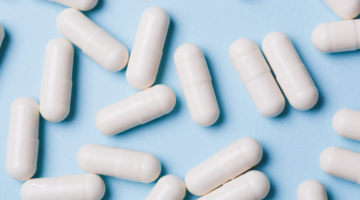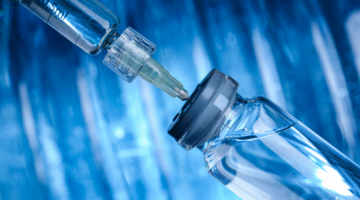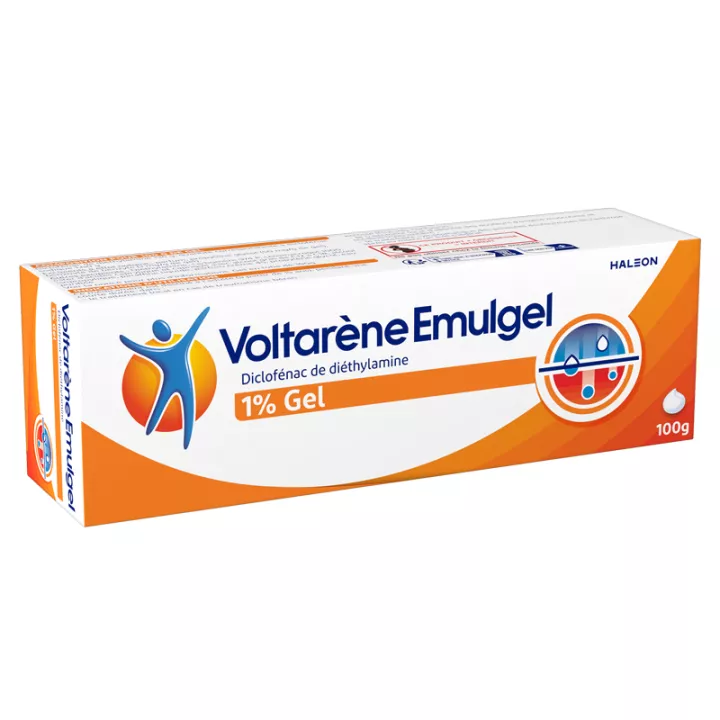NOTICE
ANSM - Last updated: 24/09/2014
Name of the medicinal product
ANTALCALM 140 mg, medicated plaster
Diclofenac sodium
framed
Please read this leaflet carefully before you start using this medicine because it contains important information for you.
You should always use this medication exactly as prescribed in this leaflet or by your doctor or pharmacist.
· Keep this leaflet. You might need to read it again.
· Ask your pharmacist for advice or information.
· If you experience any of the side effects, talk to your doctor or pharmacist. This also applies to any side effects not mentioned in this leaflet. See section 4.
· You should contact your doctor if you experience no improvement or feel less well after 7 days.
Review summary
What this leaflet contains:
1. What is ANTALCALM 140 mg, medicated plaster and in which cases it is used?
2. What should be known before using ANTALCALM 140 mg, medicated plaster ?
3. How to use ANTALCALM 140 mg, medicated plaster ?
4. What are the possible side effects?
5. How to store ANTALCALM 140 mg, medicated plaster ?
6. Additional information.
1. WHAT ANTALCALM 140 mg, medicated plaster AND WHAT IT IS USED FOR?
Pharmacotherapeutic group
ANTALCALM is a medication that relieves pain. It belongs to a class of drugs called non-steroidal anti-inflammatory drugs (NSAIDs).
Therapeutic indications
ANTALCALM is intended for the symptomatic local treatment of short duration of pain associated with sprains, strains and acute bruises of the arms and legs resulting from trauma, for example a sports injury in adults and adolescents from 16 years .
You should contact your doctor if you experience no improvement or feel less well after 7 days.
2. WHAT TO DO ABOUT BEFORE USING ANTALCALM 140 mg, medicated plaster?
List of information needed before taking the medication
Not applicable.
Cons-indications
Never use ANTALCALM 140 mg, medicated plaster:
· are allergic to diclofenac or to any of the other ingredients of this medication (mentioned in section 6);
· are allergic to another non-steroidal anti-inflammatory drug (NSAIDs, eg acetylsalicylic acid or ibuprofen);
· have ever had an attack of asthma , hives or swelling and irritation inside the nose after taking acetylsalicylic acid or other NSAIDs;
· are currently suffering from gastric or intestinal ulcers ;
· begin the last trimester of pregnancy;
ANTALCALM should not be used on injured skin (abrasions, cuts, burns), infected skin or skin with oozing dermatitis or eczema .
Precautions for use; special warnings
Warnings and Precautions
Ask your doctor or pharmacist for advice before using ANTALCALM:
· In case of a rash , immediately remove the medicated plaster and stop the treatment.
· If you have kidney , heart or liver problems , or if you have or have had a gastric or intestinal ulcer or inflammatory bowel disease, or if you are prone to bleeding .
Consult a physician or pharmacist before using ANTALCALM if you are concerned with any of these problems.
Adverse effects may be limited by the use of the lowest effective dose for the shortest possible period of time.
IMPORTANT PRECAUTIONS
· If symptoms persist for more than 7 days, consult a physician.
· The medicated plaster must not come into contact with the eyes or be applied to the eyes or mucous membranes.
· ANTALCALM should be used with caution in the elderly as they are more prone to adverse effects.
After removing the medicated plaster, avoid exposing the treated surface to radiation (direct sunlight or UV cage) to reduce the risk of photosensitivity.
Do not use ANTALCALM together with any other medicinal product containing diclofenac or any other non-steroidal anti-inflammatory analgesic medicinal product, whether for external use or orally.
Children and Youth
ANTALCALM should not be used in children and adolescents under 16 years of age without sufficient experience in this age group.
Interaction with other medicines
Other medicines and ANTALCALM 140 mg, medicated plaster
Inform your doctor or pharmacist if you are taking, have recently taken or may be taking any other medicines.
When properly administered, only a small amount of diclofenac is absorbed by the body, so the interactions described for drugs containing diclofenac taken orally are unlikely to occur.
Interactions with food and beverages
Not applicable.
Interactions with Herbal Medicines or Alternative Therapies
Not applicable.
Use during pregnancy and lactation
Pregnancy and breast feeding
If you are pregnant or breastfeeding, think you may be pregnant or plan a pregnancy, ask your doctor or pharmacist for advice before taking this medicine.
Pregnancy
During the first and second trimester of pregnancy or if you wish to become pregnant, ANTALCALM should only be used on the advice of your doctor.
During the last trimester of pregnancy, ANTALCALM should not be used as the risk of complications for the mother and for the child can not be ruled out (see "Never use ANTALCALM ").
feeding
Small amounts of diclofenac pass into breast milk.
Consult your doctor before using ANTALCALM while breastfeeding. In all cases, ANTALCALM should not be applied directly to the chest if you are breast-feeding.
Sport
Not applicable.
Effects on ability to drive or use machines
Driving and using machines
ANTALCALM has no effect on the ability to drive and use machines.
List of excipients with known effect
Not applicable.
3. HOW TO USE ANTALCALM 140 mg medicated plaster?
Instructions for proper use
Not applicable.
Dosage, Mode and / or route (s) of administration, Frequency of administration and Duration of treatment
Dosage
Always use this medication exactly as prescribed in this leaflet or as directed by your doctor or pharmacist. Check with your doctor or pharmacist if you are not sure.
The recommended dosage is one medication plaster twice daily.
Apply a medicated plaster to the painful area twice a day, in the morning and evening. The maximum daily dose is 2 medicated plasters even when there is more than one area to be treated. Treat only one painful region at a time.
Use in children and adolescents
ANTALCALM is not recommended for use in children and adolescents under 16 years of age due to a lack of safety and efficacy data (see section 2).
In adolescents 16 years of age or older , if the product is used for more than 7 days to relieve pain, or if symptoms worsen, it is advisable to consult a physician.
Administration mode
This medication is applied to the skin only (dermal use). Do not take orally.
Instructions:
1. Cut the sachet along the dotted lines and remove the medicated plaster.
To apply the plaster:
2. Remove one of the two protective films.
3. Apply to the area to be treated and remove the other protective film.
4. Press lightly with the palm of the hand to fully adhere to the skin.
To remove the plaster:
5. Moisten the plaster with water and lift a corner and then pull gently to peel off the skin.
6. To remove any residue of product, gently wash the affected area with water, rubbing with the fingers in a circular motion.
If necessary, the medicated plaster may be held in place by means of a bandage.
Use only on intact, non-injured skin.
Do not use with an air-tight dressing (occlusive dressing).
Do not wear while bathing or showering.
Do not cut the plaster.
Duration of treatment
Do not use ANTALCALM for more than 7 days. Use of this medication over a longer period requires the advice of a physician.
If you feel that the effect of ANTALCALM is too strong or too weak, talk to your doctor or pharmacist.
Symptoms and Instructions for Overdose
If you used more ANTALCALM 140 mg, medicated plaster than you should:
Tell your doctor or health care professional if your symptoms do not improve or if you notice any side effects not listed in this leaflet. He will be able to advise you on the measures to be taken, if necessary.
Instructions for omission of one or more doses
If you forget to use ANTALCALM 140 mg, medicated plaster:
Do not take a double dose to make up for a missed dose.
If you have any further questions on the use of this medication, ask your doctor or pharmacist.
Risk of withdrawal syndrome
Not applicable.
4. WHAT ARE POSSIBLE SIDE EFFECTS?
Description of adverse reactions
Like all medicines, this medicine may cause side effects, although not everybody gets them.
Tell your doctor immediately and discontinue treatment if you notice any of the following:
· sudden onset of urticaria, swelling of the hands, feet, ankles, face, lips, mouth or throat, difficulty in breathing, drops in tension or weakness.
You may be suffering from the following side effects:
Common side effects (can affect up to 1 in 10 users):
· local skin reactions such as redness, burning sensation, itching, inflammatory redness of the skin, rash, possibly with pustules or papules.
Very rare side effects (can affect up to 1 user in 10 000):
· hypersensitivity reactions or local allergic reactions (contact dermatitis).
In patients using drugs in the same group as diclofenac for external use, isolated cases of generalized rash, hypersensitivity reactions such as swelling of the skin and mucous membranes and anaphylactic reactions with disorders of acute circulatory regulation and sensitivity reactions to light have been reported.
The absorption of diclofenac in the body through the skin is very low compared to the concentration of drug in the blood after an oral intake of the substance. The risk of developing adverse effects induced by oral treatment (such as gastrointestinal, respiratory and renal disorders) during use of the plaster appears to be very low.
Declaration of side effects
If you experience any side effects, talk to your doctor or pharmacist. This also applies to any side effects not mentioned in this leaflet. You can also report adverse reactions directly via the national reporting system: National Agency for the Safety of Medicines and Health Products (ANSM) and network of Regional Centers of Pharmacovigilance
By reporting adverse reactions, you are helping to provide more information about the safety of the drug.
5. HOW TO STORE ANTALCALM 140 mg medicated plaster?
Keep this medicine out of the reach and sight of children.
Expiration date
Do not use this medicine after the expiry date which is stated on the outer carton and on the pouch after "EXP". The expiry date refers to the last day of that month.
Storage conditions
Store at a temperature not exceeding 30 ° C.
Store in the original package in order to protect from light.
Keep the sachet tightly closed to protect from dryness and light.
If necessary, warnings against visible signs of deterioration
Do not use ANTALCALM if you notice that the product is damaged.
The plasters used must be folded in half, adhesive face inwards.
Do not throw any medication into drains or household waste. Ask your pharmacist to remove any medications you are no longer using. These measures will help protect the environment.
6. ADDITIONAL INFORMATION
Full list of active substances and excipients
What ANTALCALM contains 140 mg medicated plaster
· The active ingredient is diclofenac sodium.
Each medicated plaster contains 140 mg of diclofenac sodium.
· The other components are:
Support layer :
Non woven polyester
Adhesive layer :
Basic copolymer of butyl methacrylate
Copolymer of acrylates and vinyl acetate
Macrogol 600 (stearate)
Oleate of sorbitan
Protective film :
Paper coated with a silicone monolayer
Pharmaceutical form and content
Aspect of ANTALCALM 140 mg medicated plaster and contents of the pack
ANTALCALM is in the form of white self-adhesive patches of 10x14 cm, consisting of a non-woven support on one side and paper on the other.
ANTALCALM is available in packs of 2, 5 and 10 plasters, each plaster being packaged individually.
Not all pack sizes may be marketed.
Name and address of the marketing authorization holder and the holder of the manufacturing authorization responsible for the release of the lots, if different
Marketing Authorization Holder and Manufacturer
Holder
PIERRE FABRE MEDICAMENT
45 PLACE ABEL GANCE
92100 BOULOGNE
exploiting
PIERRE FABRE MEDICAMENT
45 PLACE ABEL GANCE
92100 BOULOGNE
Maker
SPA ITALIANA LABORATORI BOUTY
STRADA STATALE N ° 11 PADANA SUPERIORE KM 160
20060 CASSINA DE PECCHI (MI)
ITALY
Names of the medicinal product in the Member States of the European Economic Area
This medicinal product is authorized in the Member States of the European Economic Area under the following names: In accordance with the regulations in force.
[To be completed at a later date by the holder]
Date of approval of the notice
The last date on which this notice has been revised is
AMM under exceptional circumstances
Not applicable.
Internet Information
Detailed information on this medicine is available on the ANSM website (France).
Information for health professionals only
Not applicable.
Other
Not applicable.




